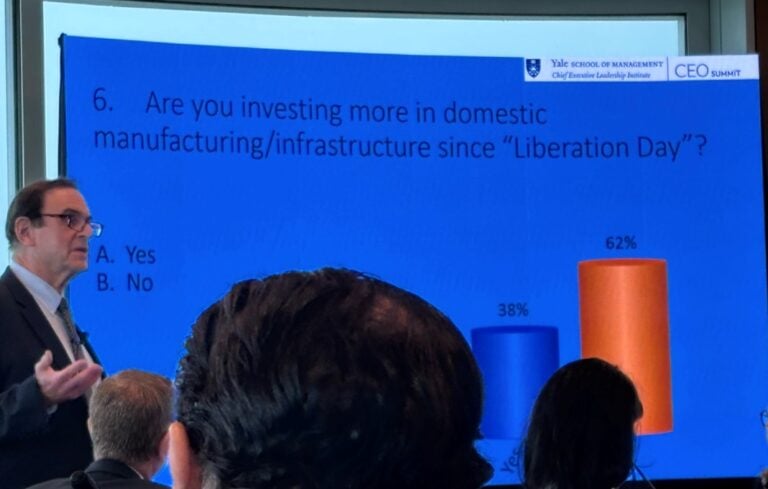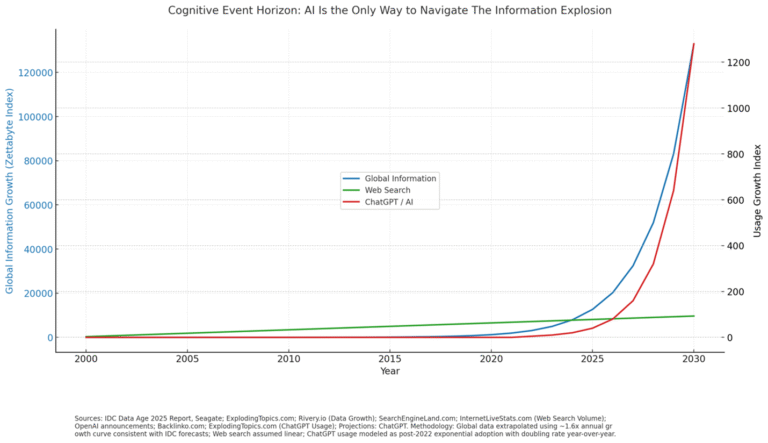
This report recaps a CEO roundtable discussion on the mindset of risk at the 2017 Chief Executive of The Year event in New York, co-sponsored by Chief Executive and PURE Insurance. This is part 1 of 2. Read part 2 here.
Perhaps as never before, chief executives of established companies can sense a perfect storm in the making. The technological forces that created Amazon, Tesla and Netflix are accelerating as industry after industry undergoes digital disruption. At a time when Airbnb is booking more rooms than a major hotel chain, entire business models appear to be at risk. Meanwhile, the regulatory and political environments at home and abroad seem highly uncertain at best. And all of this is unfolding at a time when activist investors are becoming increasingly successful in forcing themselves onto corporate boards and in firing well-respected CEOs.
While those who cling to the ways of the 20th century will soon be relegated to the dustbin of history, embarking on revolutionary change is also fraught with peril. The key question is how to manage these multi-faceted, compounded risks.
“One major question is how to create an entrepreneurial, risk-taking mindset inside a large legacy company.”
Chief executives who attended a roundtable discussion on understanding and managing risk had experience in a broad array of American industrial sectors, including autos, defense and aerospace, pharmaceuticals, insurance, telecommunications and accounting and consulting. All of them were looking for ways to mitigate the external risks their companies face and identify and manage the measured risks their organizations need to take on to remain competitive—to the extent possible. “Risk comes in places you don’t expect and in ways you don’t expect,” noted Ross Buchmueller, the CEO of PURE Insurance, which co-sponsored a roundtable with Chief Executive at the 2017 Chief Executive of the Year Event in New York City.
One major question is how to create an entrepreneurial, risk-taking mindset inside a large legacy company. Should it be confined to a skunkworks-like subsidiary or division and only selectively introduced into the mother ship? Should it come from joint ventures with other companies, large and small? Or are mergers and acquisitions the best way to jump-start the right sort of risk taking?
Aetna is one giant wrestling with such questions. “We are a 164-year-old insurance company and we are trying to transform ourselves into something different,” said Rick Jelinek, executive vice president for enterprise strategy. “One of the most challenging things in our business is that we pay our executives to basically protect the company. It’s very difficult to transform or change when you have that culture embedded inside the company.”
One path Aetna has chosen is to create a new division that concentrates on individual consumer business. The company, based in Hartford, Connecticut, is moving its headquarters to a trendy building in lower Manhattan to accelerate its transformation and attract the best and brightest young professionals.
Acquisition Risks and Rewards
Aetna was also willing to gamble, and lose, on an attempted $37 billion takeover of rival Humana. “We paid a $1 billion breakup fee on a risk we took,” Jelinek said. “Periodically you have to step up and take the risk and you can’t punish people for taking that risk. Your incentive systems have to be right.”
Overall, the company is trying to protect entrepreneurial hotspots inside its walls. “We don’t want the mother ship to unintentionally roll over and suffocate the baby,” he added.
Randall Stephenson, chairman and CEO of AT&T and last year’s CEO of the Year, noted that his predecessor, Edward Whitacre Jr., pulled off a string of acquisitions that catapulted his Southwestern Bell into becoming the new AT&T in 2005. “He was a riverboat gambler,” Stephenson said. “It was anything but a risk-averse culture.”
Stephenson continued that string of big bets in attempting to acquire T-Mobile, the No. 4 provider of wireless telephone service in the U.S., in 2011. “We knew going in it was a high-risk proposition,” he said. “We had a $3 billion breakup fee. We thought it was a 70 percent probability we could get this thing done. We thought it would be easy to get $40 billion in synergies.”
While that deal was blocked by the U.S. Department of Justice, AT&T has successfully purchased DIRECTV satellite television and its acquisition of Time Warner is pending during a governmental anti-trust review. Those deals are fundamentally changing AT&T’s business mix by adding content generation. “We manage the risk down by how we do the deals,” Stephenson said. “You cannot do these types of moves if you have a board that doesn’t have the right disposition.” That’s one reason Stephenson has remade his board by adding more Silicon Valley and private equity figures.
Read Part 2 of this roundtable discussion here: Bringing Innovation Back



Chief Executive Group exists to improve the performance of U.S. CEOs, senior executives and public-company directors, helping you grow your companies, build your communities and strengthen society. Learn more at chiefexecutivegroup.com.
0

1:00 - 5:00 pm
Over 70% of Executives Surveyed Agree: Many Strategic Planning Efforts Lack Systematic Approach Tips for Enhancing Your Strategic Planning Process
Executives expressed frustration with their current strategic planning process. Issues include:
Steve Rutan and Denise Harrison have put together an afternoon workshop that will provide the tools you need to address these concerns. They have worked with hundreds of executives to develop a systematic approach that will enable your team to make better decisions during strategic planning. Steve and Denise will walk you through exercises for prioritizing your lists and steps that will reset and reinvigorate your process. This will be a hands-on workshop that will enable you to think about your business as you use the tools that are being presented. If you are ready for a Strategic Planning tune-up, select this workshop in your registration form. The additional fee of $695 will be added to your total.

2:00 - 5:00 pm
Female leaders face the same issues all leaders do, but they often face additional challenges too. In this peer session, we will facilitate a discussion of best practices and how to overcome common barriers to help women leaders be more effective within and outside their organizations.
Limited space available.

10:30 - 5:00 pm
General’s Retreat at Hermitage Golf Course
Sponsored by UBS
General’s Retreat, built in 1986 with architect Gary Roger Baird, has been voted the “Best Golf Course in Nashville” and is a “must play” when visiting the Nashville, Tennessee area. With the beautiful setting along the Cumberland River, golfers of all capabilities will thoroughly enjoy the golf, scenery and hospitality.
The golf outing fee includes transportation to and from the hotel, greens/cart fees, use of practice facilities, and boxed lunch. The bus will leave the hotel at 10:30 am for a noon shotgun start and return to the hotel after the cocktail reception following the completion of the round.